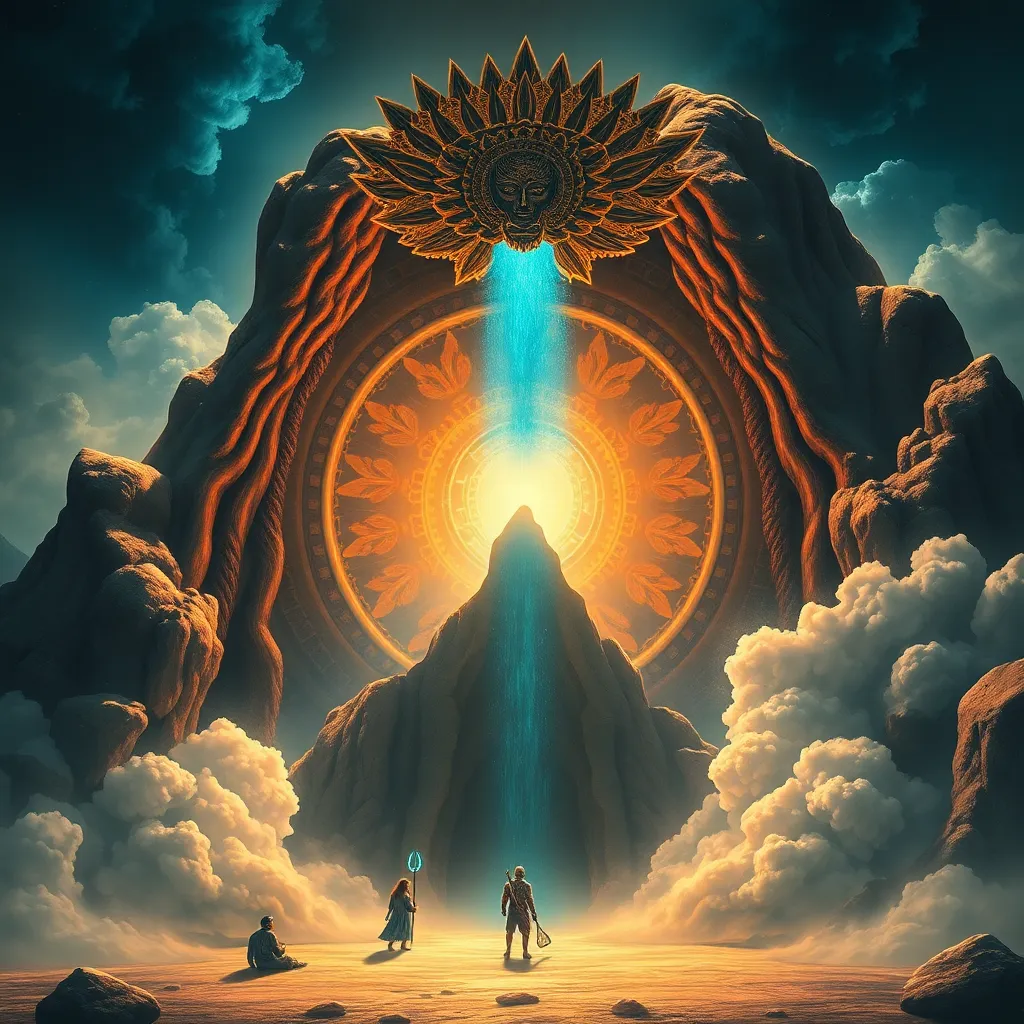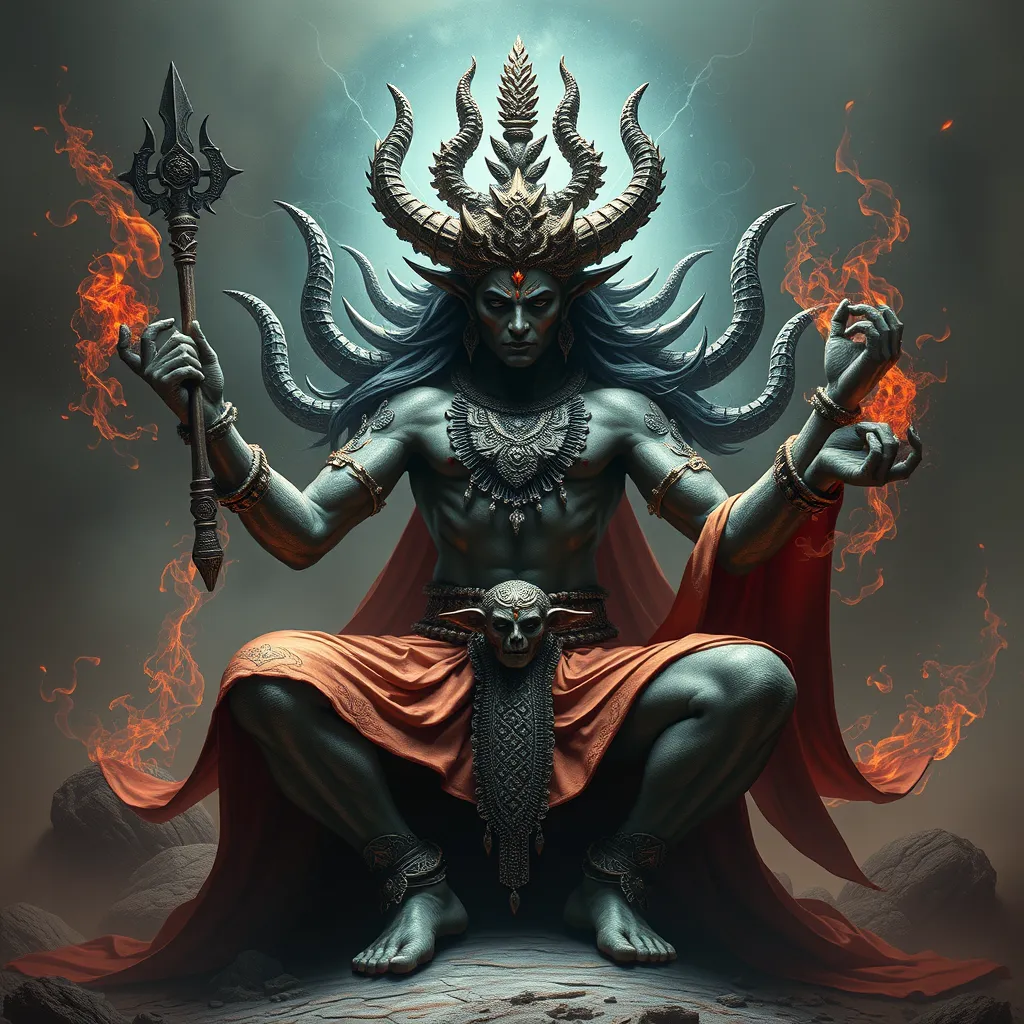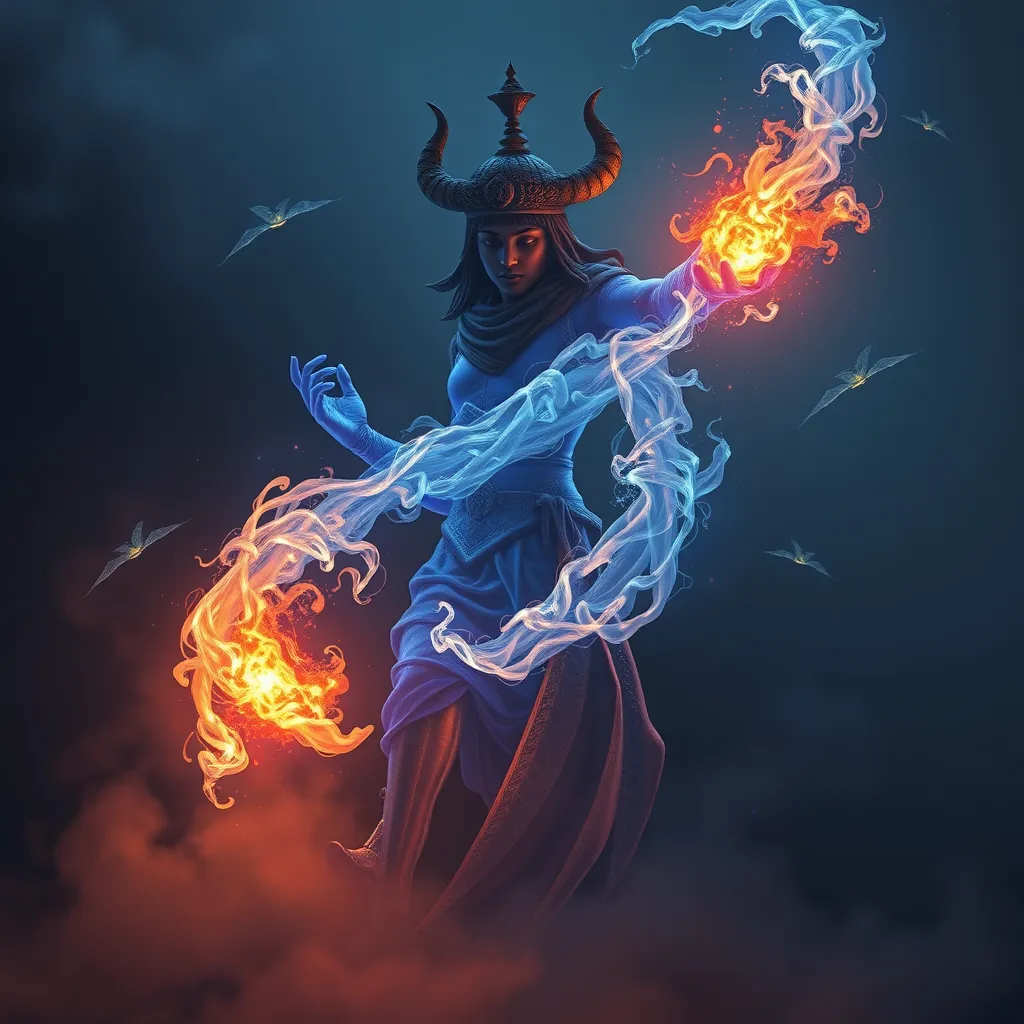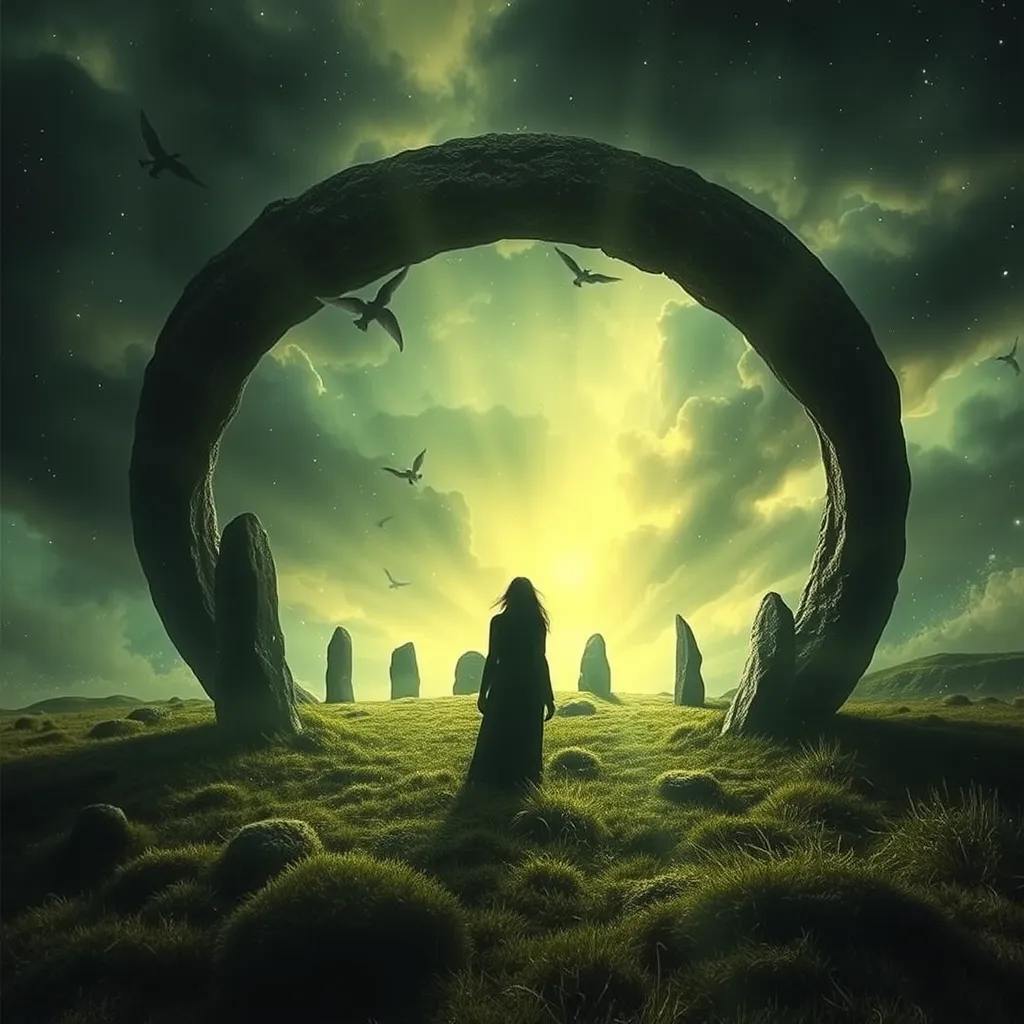Cipactli and the Origins of the World: A Comparative Study of Creation Myths
I. Introduction
Creation myths are foundational narratives that provide insights into how various cultures understand the origins of the world and humanity. They often reflect the values, beliefs, and social structures of the societies that tell them. One of the most fascinating figures in creation mythology is Cipactli, a primordial being in Aztec mythology. This article aims to explore the myth of Cipactli and compare it with other notable creation myths from around the world.
II. The Myth of Cipactli
A. Description of Cipactli as the earth monster
Cipactli is often depicted as a monstrous creature, embodying both chaos and potential. In Aztec cosmology, Cipactli is described as a crocodile-like being, representing the earth itself. This primordial entity signifies the raw, untamed aspects of creation, embodying the chaos from which the ordered world emerges.
B. The role of Cipactli in Aztec creation mythology
In the Aztec creation narrative, Cipactli plays a crucial role in the formation of the world. According to the myth, the gods Tezcatlipoca and Quetzalcoatl engaged in a fierce struggle against Cipactli to create the earth. Their battle led to the dismemberment of the creature, and its body parts became the land, mountains, and rivers of the world.
C. Key elements of the Cipactli myth
- Conflict: The struggle between the gods and Cipactli illustrates the theme of chaos versus order.
- Transformation: Cipactli’s dismemberment symbolizes the transformation from chaos to a structured world.
- Creation of life: The myth concludes with the emergence of life from the remnants of Cipactli, highlighting the interconnectedness of creation and destruction.
III. Comparative Analysis of Global Creation Myths
A. Overview of notable creation myths from various cultures
Numerous cultures have their unique creation myths, each offering different perspectives on the origins of the universe. Here are a few notable examples:
- Genesis in Judeo-Christian tradition: The Book of Genesis describes God creating the world in six days, culminating in the creation of humanity on the sixth day and resting on the seventh.
- The Enuma Elish in Babylonian mythology: This myth narrates the battle between the god Marduk and the chaos monster Tiamat, resulting in the creation of the world from Tiamat’s body.
- The Popol Vuh in Maya mythology: This text recounts the story of the creation of humanity, the gods’ attempts to create beings, and the eventual emergence of the first successful humans from maize dough.
B. Common themes and motifs in creation myths
Despite the cultural differences, many creation myths share common themes, including:
- Chaos and order: The struggle between chaotic forces and the establishment of order is a recurring motif.
- Creation through conflict: Many myths feature battles or conflicts that lead to the creation of the world.
- Divine intervention: The role of gods or higher powers in shaping the universe is a common thread.
IV. Symbolism of Cipactli in Aztec Culture
A. The significance of Cipactli as a primordial being
Cipactli embodies the concept of the earth as both a nurturing and destructive force. This duality reflects the Aztec understanding of nature and life, emphasizing the importance of balance between chaos and order.
B. Representation of chaos and order in creation
The myth of Cipactli serves as a reminder of the delicate balance between chaos and order in the universe. It illustrates how creation often emerges from destruction, and how life continually evolves from the remnants of chaos.
C. The cultural impact of the Cipactli myth on Aztec society
The narrative of Cipactli influenced various aspects of Aztec culture, including religion, art, and societal values. It reinforced the idea of sacrifice, both in the context of creation and in the rituals of the Aztec civilization.
V. Parallels Between Cipactli and Other Creation Myths
A. Comparative symbols of chaos and creation
Similar to Cipactli, many creation myths feature chaotic beings or forces that must be overcome to create order. For instance, Tiamat in the Enuma Elish represents chaos, and her defeat leads to the formation of the world.
B. The concept of sacrifice in creation narratives
Sacrifice is a common theme in creation myths. In the case of Cipactli, the sacrifice of the monster’s body forms the earth. Likewise, in other myths, such as the Enuma Elish, the creation often involves the sacrifice of a primordial being.
C. The role of deities and primordial beings in various myths
In many cultures, creation is attributed to deities or primordial beings, each representing different aspects of existence. Cipactli, like Marduk and Quetzalcoatl, embodies the complexities of creation, reflecting humanity’s quest to understand its origins.
VI. Divergences in Creation Stories
A. Differences in the portrayal of creation forces
While many creation myths share similarities, they also diverge significantly in their portrayal of creation forces. For instance, the Judeo-Christian narrative emphasizes a singular, omnipotent God, while polytheistic myths often feature multiple deities and chaotic forces.
B. The influence of cultural context on myth structure
Cultural contexts shape the structure and themes of creation myths. The Aztec narrative of Cipactli reflects a society deeply connected to nature and ritual, while other myths may focus on different aspects of existence based on their cultural background.
C. Unique aspects of the Cipactli narrative compared to others
One unique aspect of the Cipactli myth is the emphasis on the physical body of the earth monster as the source of creation. This contrasts with other myths where the world is created from nothing or through the spoken word of a deity.
VII. The Importance of Creation Myths in Understanding Human Culture
A. Insights into beliefs and values reflected in creation myths
Creation myths provide valuable insights into the beliefs and values of different cultures. They reveal how societies perceive the universe, life, and their place within it.
B. The role of myths in shaping worldviews and identities
Myths play a crucial role in shaping worldviews and cultural identities. They influence social norms, ethical values, and the understanding of existence, often serving as a foundation for cultural practices.
C. The relevance of studying these myths in contemporary society
In contemporary society, studying creation myths helps us understand the diverse ways humans seek meaning and explain their existence. These narratives continue to resonate with people, offering insights into our shared humanity.
VIII. Conclusion
A. Summary of findings from the comparative study
This comparative study of Cipactli and other creation myths highlights the complexities of human thought regarding origins. While myths differ in details, they share fundamental themes that reflect the human experience.
B. The enduring significance of Cipactli and other creation myths
The myth of Cipactli remains significant in understanding Aztec culture and the broader human experience. It serves as a reminder of the interconnectedness of chaos and order in the world.
C. Final thoughts on the relationship between mythology and cultural understanding
In conclusion, the exploration of creation myths, including the story of Cipactli, enriches our understanding of cultural identities and beliefs. These narratives continue to shape our perspectives and highlight the enduring quest for meaning in the universe.



